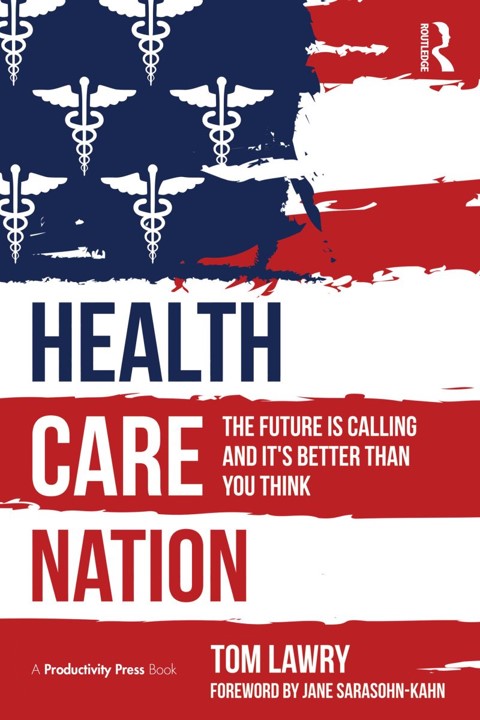ePrescribing = safety, lower costs, and better health care. This consensus was clear last week during a major meeting of stakeholders at The Brookings Institution discussing the prospects and barriers to ePrescribing (eRx).
The AMA is advocating a 2-year phase in for physicians, taking into account some of the more challenging practice situations such as rural physicians without broadband, and solo and small practices. In addition, physicians want and need information technologies to be certified to make certain they meet these new standards. While the AMA would like to see funding incentives for physician adoption, that doesn’t appear to be in the cards for now.
Matthew Holt and I wrote a report back in 2006 for the California HealthCare Foundation where we discussed the opportunities and barriers for eRx. Two-and-one-half years have passed since that report was written.
So 30 months later, continue to read this blog to learn about how Medicare, physicians, PBMs, Congress and pharmacies are getting into Kumbaya mode for eRx.
While the actual number of ePrescribers is something between 10% to 15% of physicians, the forces driving adoption of eRx are many and formidable. First, the big “M:” Medicare. Next year, the Medicare Part D regulation dealing with eRx comes into play. CMS issued final standards for eRx in April on formulary and benefits; medication history; fill status notification; and, provider identifiers. These will be in effect in April 2009. Several other standards were written into the Part D legislation that went into effect in 2006 (such as drug benefit eligibility, etc.).
Now, 2.5 years since our eRx report was published, physicians are demonstrating growing support for eRx among professional associations, many of whom appeared at the Brookings meeting.
The AMA is advocating a 2-year phase in for physicians, taking into account some of the more challenging practice situations such as rural physicians without broadband, and solo and small practices. In addition, physicians want and need information technologies to be certified to make certain they meet these new standards. While the AMA would like to see funding incentives for physician adoption, that doesn’t appear to be in the cards for now.
Physician associations such as the American Academy of Family Physicians, American Academy of Pediatrics, American College of OB-GYNs, American College of Cardiology, American Osteopathic Association, and the Medical Group Management Association, have organized GetRxConnected, a website that helps physicians figure out how to get involved with eRx. The MGMA has calculated that administration and paperwork attributed to prescribing in the physician’s office costs a practice $15,700 per each full-time physician in the office.
Third, PBMs are ready now for eRx. The industry’s association, the Pharmaceutical Care Management Association (PCMA) has launched a multimedia campaign that’s promoting ePrescribing, “before more people die.” The ad is targeted to consumers and patients, not providers.
There is also bipartisan support for eRx in Congress. The E-MEDS Act (Medicare Electronic and Safety Protection Act of 2007) was introduced by John Kerry and John Ensign last year. Some 29 co-sponsors have crossed the party aisle to support this bill. Newt Gingrich, author of Paper Kills and proponent of driving paper out of the medical system, worked on this Act, too.
Finally, pharmacies have come together for eRx. Look for signs reading, “e-Prescriptions Filled Here” to grace the doors of your local CVS, Duane Reade, Longs, Rite Aide, Wal-Mart and other pharmacies.
Over 40,000 pharmacies have cooperated in this effort with SureScripts to turbocharge eRx in their communities through their Pharmacy Health Information Exchange. The website http://www.learnabouteprescriptions.com/ hosts a patient education campaign on this project.
Health Populi’s Hot Points: If you take MGMA’s average cost of prescription drug administration per physician of $15,700 and multiply that by the 563,000 physicians who prescribe medicines in the U.S., you get a whopping $8.8 billion worth of potential savings that eRx would generate. That’s a bolus of savings that would genuinely benefit patients in the U.S. health system — and it doesn’t even include the benefits of patient safety that would accrue to society and American families.







 I am so grateful to Tom Lawry for asking me to pen the foreword for his book, Health Care Nation,
I am so grateful to Tom Lawry for asking me to pen the foreword for his book, Health Care Nation,  Thanks to Feedspot for naming this blog, Health Populi, as a
Thanks to Feedspot for naming this blog, Health Populi, as a